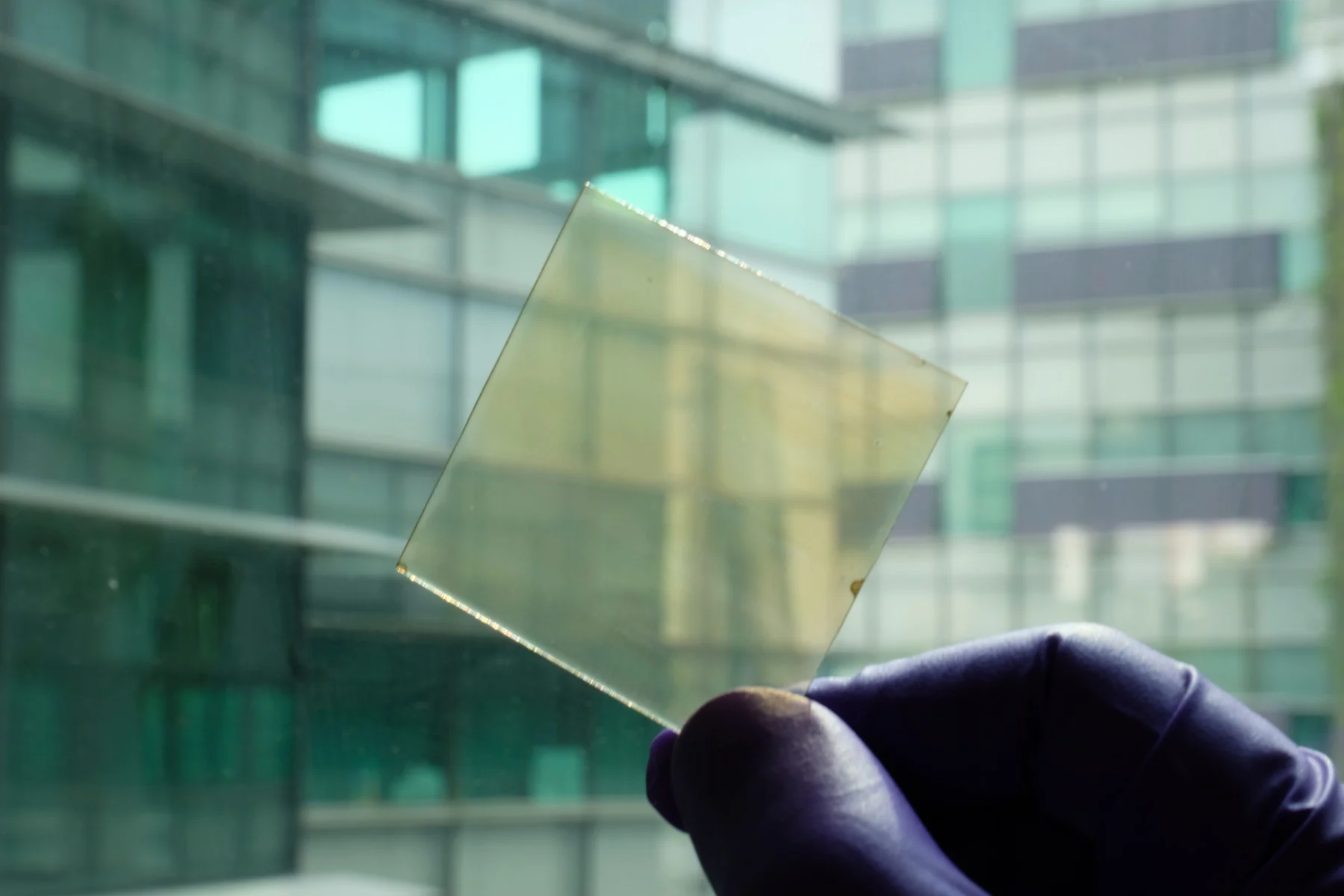
This energy-saving glass 'self-adapts' to heating and cooling demands
Glass that takes advantage of the electromagnetic spectrum could be the answer to the high demand for heating and air conditioning in buildings.
Glass is one of the most common building materials and is essential for functionality, but is notorious for its weak energy efficiency. Glass does a poor job of trapping heat indoors during cooler weather and traps too much heat inside on a hot, sunny day.
Significant amounts of energy are used around the world for heating and air conditioning in commercial and residential buildings, which results in staggering levels of greenhouse gas emissions. As a consequence, buildings are expected to become one of the largest growing sources of emissions as many regions of the world continue to urbanize.
Scientists from Nanyang Technological University (NTU) Singapore have developed a material that they hope will slash energy usage due to the poor temperature-regulating ability of regular glass. The researchers have stated that their material is a “first of its kind” glass that can automatically detect changing temperatures and create a heating or cooling effect in response.
Their study, published in Science, reported their energy-saving glass was made with nanoparticles and a low-emissivity coating that essentially hacks the electromagnetic spectrum.

The NTU research team includes the School of Materials Science and Engineering Research fellow Meng Yun, Principal Investigator Dr Long Yi, and Research fellow Dr Wang Shancheng. (NTU Singapore)
All objects, even the human body, emit radiation and each type of radiation, such as x-ray or ultraviolet, has a different range of wavelengths. Warmer objects emit shorter wavelengths because the molecules are vibrating quickly, whereas colder objects emit longer wavelengths because the molecules are moving more slowly.
The composition of the nanoparticles in the researchers’ glass creates a cooling effect because it suppresses short-wave infrared radiation, which is heat emitted by the Sun, and helps prevent a room from warming up too much.
The nanoparticles also boost long-wave infrared radiation, which is the heat that is emitted from a surface that has been warmed up, and helps bring the temperature down. An example of long-wave radiation is a scorching seatbelt releasing heat onto your comparatively cooler hand after the car had been left in the sunshine for several hours.
This newly developed glass was built without electrical components and requires zero energy input to function.
"Most energy-saving windows today tackle the part of solar heat gain caused by visible and near infrared sunlight. However, researchers often overlook the radiative cooling in the long wavelength infrared. While innovations focusing on radiative cooling have been used on walls and roofs, this function becomes undesirable during winter,” stated Dr. Long Yi, principal investigator of the study, in a press release.
“Our team has demonstrated for the first time a glass that can respond favourably to both wavelengths, meaning that it can continuously self-tune to react to a changing temperature across all seasons."
The research team stated that their glass performed well under several temperature scenarios and that the structure and composition of the coating can be adjusted to suit the needs of the market or region it will be used in.
A patent for this technology has been filed in Singapore and the next steps the team is taking is further enhancing the energy-saving performance of their innovation.
Thumbnail credit: NTU Singapore

